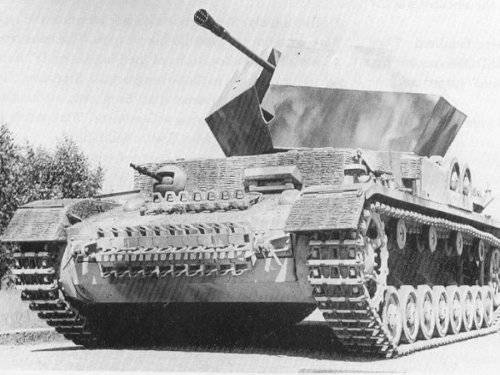
A turning point in World War II war
The summer campaign of 1943 was a turning point in the entire Second World War. The collapse of the Nazi plans on the Kursk Salient, the surrender of the colonial corps in Africa, the stormy offensive of the Allied forces on the territory of Italy significantly changed the military-strategic situation and weakened the military power of Nazi Germany. The Fuhrer’s soldiers of occupation felt for themselves what the enemy’s dominance in the air was like.
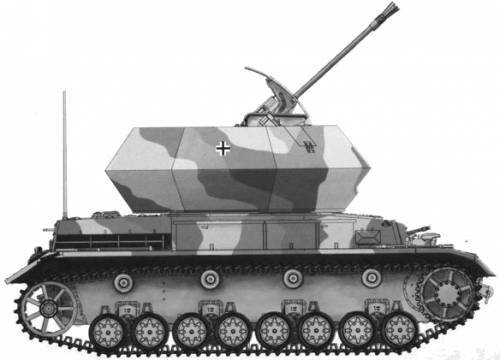
Take over the air supremacy
The first to understand this were the German units and regular SS units on Italian soil, because… The best units of the Luftwaffe fought in the eastern direction. But even here, the ace of the Luftwaffe did not successfully complete the assigned combat tasks – the Soviet troops, at the cost of the incredible efforts and labor of the people in the rear, tried to provide the front units and airfield service units with everything necessary. equipment, military. By the beginning of the summer of 1944, the Red Army supplied Yak-9D fighters, distinguished by powerful weapons and high speed, which sharply reduced the capabilities of the German fleet aviation.
According to military historians, the unprecedented completion of Operation Bagration on the territory of Belarus was largely due to the dominance of Soviet pilots in the air. A number of major German defenses were practically wiped out under the destructive power of Red Army bombers and attack aircraft. Everything was not yet at the point of complete defeat when the Nazi army was intervened by the leadership of the military-industrial complex and the militaristic, belligerent circles of large industrialists. In a situation where the enemy controlled the sky, the installation of self-propelled anti-aircraft guns (ZSU) in the Wehrmacht – anti-aircraft artillery combat vehicles, which were quickly transferred to combat positions from the start of the operation, became of particular importance. In 1944 alone, the Wehrmacht taught several new types of combat vehicles at once.
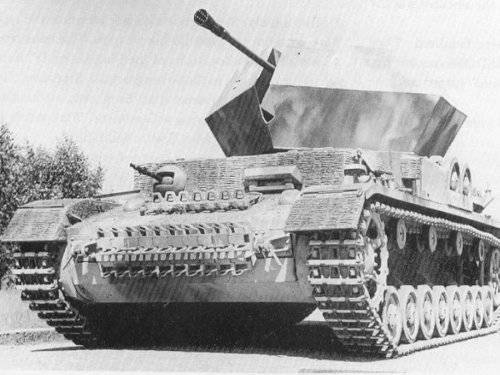
New Weapon of the German Wehrmacht
In all fairness, I must say that almost from the beginning of the Second World War, the military command of Nazi Germany developed methods for the defense of troops from air strikes. enemy aviation. But the obvious superiority in the air, especially at the beginning of the campaigns on the Eastern Front, played a cruel joke on the Germans. Until the end of 1943, it was somehow possible to cope with the help of unarmored ZSUs and towed anti-aircraft guns, and in 1944 the military-strategic situation required immediate decisions. The task of ensuring the necessary density of anti-aircraft guns had to be solved both on the march and in the areas of firing positions. The poorly equipped ZSUs met the requirements due to the protection of fire brigades and unreliable combat systems (they were still incapable of defending on the battlefield). For military operations, ZSUs with protection against fragments and large-caliber bullets were needed, while anti-aircraft guns should be mounted on the rotating turret of the combat vehicle. Such products were developed by German designers and were called Flakpanzer – an anti-aircraft tank, according to the then existing terminology.
The basis for the 20 mm anti-aircraft gun was the Pz Kpfw I tank, which was withdrawn from service in 1944 – its usefulness was still in doubt. The basis for the ZSU also served as a tank. However, the Pz 38 (t) and Pz Kpfw IV, although using a tank base, had weak armor protection here only in the stowed position, and in combat conditions the anti-aircraft gun was still defenseless.
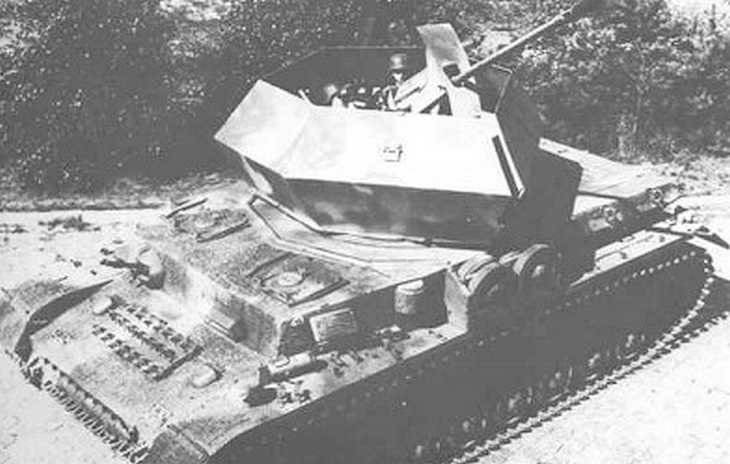
The development of the company “Ostbau”
The Ostbau company went the furthest in solving this problem, which used the Pz Kpfw IV chassis recovered after the battles to create its own ZSU. A turret for an anti-aircraft gun was installed on the base of this product. Depending on the caliber of the gun, the anti-aircraft tank was called Wirbelwind (with a 20 mm gun), and with a single 37 mm gun – Ostwind. The first Wirbelwind left the assembly line in September 1944, and the Ostwind – in September 1944.
Create ZSU Ostwind
Due to the large size of the anti-aircraft turret, the accompanying platform of the Pz Kpfw IV was not equipped with armor protection. The tactics of the ZSU at that time did not include the presence of these systems in the first line of action of military units, so the requirements for armor protection were much lower. An open turret of a complex configuration was placed on a standard chassis, its armor was 25 mm around the perimeter. The turret contained a 37 mm Flak43 L / 89 automatic anti-aircraft gun, a sight, a crew and part of the ammunition. The rest of the ammunition was in the turret box. The ZSU crew consisted of 6 people, plus the gun commander. They occupied positions inside the self-propelled gun similar to those of the tank crew. The Wirbelwind was equipped with a different turret than the Ostwind modification, In total, Ostbau upgraded 33 Pz IV combat vehicles under the FlakPz Ostwind and produced 7 new vehicles.
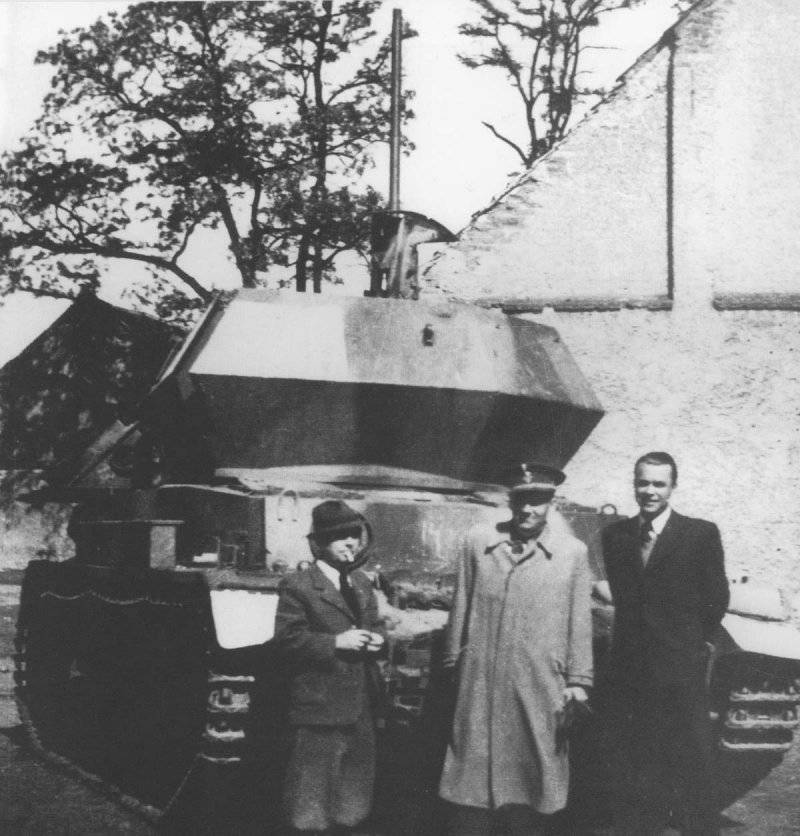
Fight using ZSU Ostwind
At present, there is practically nothing left in the Wehrmacht archives about the tactics and conditions of use of these self-propelled anti-aircraft guns. On various Internet portals, assessments of the effectiveness of the use of Ostwind ZSU are very different, sometimes these assessments are completely contradictory. Researchers approach the presentation of this issue using different sources, some even simply mention their need in the combat formations of the German army.
The 37-mm anti-aircraft gun had a number of advantages over the 20-mm artillery systems, which were very common in the German army. The power of the 37-mm shot made it possible to fight the Soviet Il-2 and Il-10 aircraft, which could withstand the destructive power of 20-mm shells. The higher rate of destruction of high-altitude targets of the Ostwind ZSU made it possible to use these complexes against targets at medium altitudes. The 37-mm anti-aircraft gun could be used in the fight against light and medium tanks. At the same time, the 37-mm anti-aircraft gun was inferior to the 20-mm anti-aircraft system in terms of rate of fire, and, therefore, could not fight infantry units as effectively as the XNUMX-mm gun.
Apply the Ostwind prototype
These systems participated in the German Ardennes campaign as part of the elite SS regiment “Leibstandarte Adolf Hitler”. Despite the need for mass distribution, the release of the ZSU was limited. This was due to two reasons. The first was the evacuation of equipment from the Ostbau company’s supplier factories in case of a Soviet attack that threatened to seize the factories. The second was conflicts within the leadership of the German Ministry of Armaments. Some officials considered the previously developed ZSU interim anti-aircraft systems until the adoption of a new anti-aircraft tank, the Kugelblitz on the same Pz IV chassis. However, the Red Army offensive did not leave the Germans time, the Kugelblitz never left the prototype stage.
Conclude
Flak Pz Ostwind can be called a unique system among all the air defense systems created during the years of World War II. There were only a few developments among similar products with the same design and layout solution. The main number of ZSUs, which were in service with the Allied forces, were half-track armored personnel carriers. Until the end of the war, our ZSUs were generally an installation of an anti-aircraft gun on a truck. A sample of the ZSU T-90 (T-70 with two 12.7 mm DShK machine guns), although it passed the trials, was not included in the “series”. Only at the beginning of 1945, the ZSU-37 based on the light self-propelled gun SU-76M was adopted for anti-aircraft artillery.